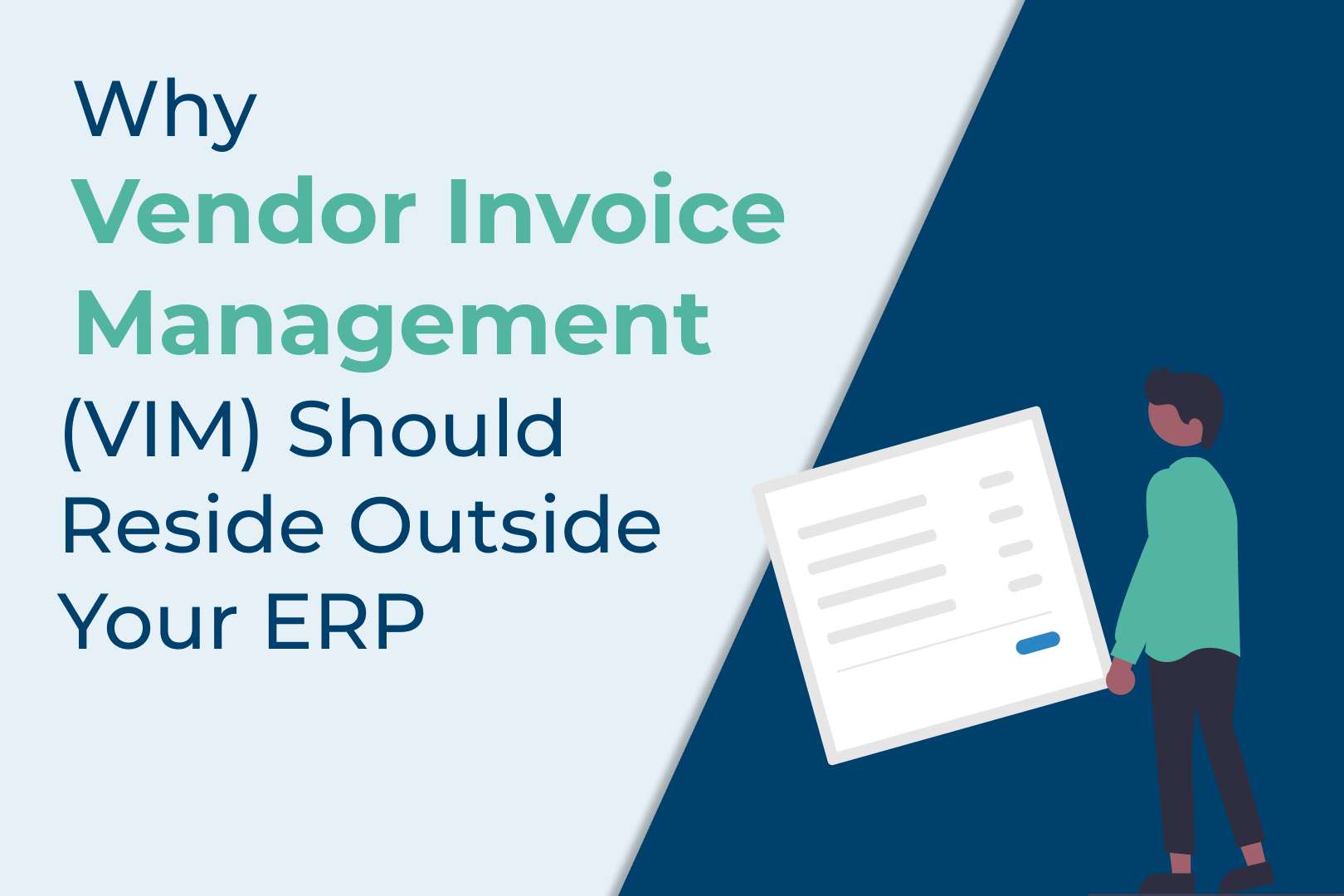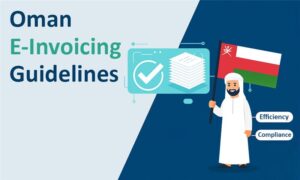“Want faster approvals, fewer errors, and guaranteed compliance? It starts by moving vendor invoice management beyond ERP.”
While ERP systems like SAP S/4HANA, Oracle ERP Cloud, and Microsoft Dynamics 365 are powerful tools for managing end-to-end procure–to–pay, finance, HR, and logistics. However, when it comes to handling complex, document-heavy processes, ERP-native tools often fall short.
That’s why modern businesses adopt dedicated invoicing platforms—cloud‑based accounts payable automation solutions that complement ERP systems. These invoice management solutions streamline the procure‑to‑pay process, eliminate manual errors, and scale alongside your ERP.
In this blog, we’ll explore why decoupling VIM from your ERP delivers smarter, faster, and more compliant AP automation.
The Future of Vendor Invoice Management: Why External Solutions Are Gaining Popularity
While ERPs excel with structured data input, they often struggle with document-heavy tasks such as invoices, receipts, or POs because they aren’t built to handle unstructured or semi-structured formats, leading to challenges in the procure-to-pay cycle, such as manual data entry, exceptions, and slow approvals. Customising ERP for complex invoice processing is costly, time-consuming, and IT-intensive. For businesses relying on legacy systems, understanding how EDI helps businesses integrate technology is key to bridging gaps without overhauling core infrastructure.
Moreover, the global push for electronic invoicing mandates in many countries like the UAE, Saudi Arabia, Malaysia, and several European Union nations requires businesses to comply with government-driven digital invoicing formats. ERPs often require additional customizations or third-party support to meet country-specific compliance needs. They may not fully support invoice formats.
This gap has led many organizations to adopt external Vendor Invoice Management (VIM). It’s designed to complement your ERP.
What are the true pros and cons of automating invoicing within an ERP system versus invoicing with automation software? Let’s explore the advantages and limitations in more detail.
5 Drawbacks of VIM within ERP systems
Despite being integrated with ERP systems, Vendor Invoice Management (VIM) modules often come with limitations that impact flexibility, scalability, and efficiency. Here are five key drawbacks to consider:
- Rigid Workflows & Costs: Licensing modules and customizing for invoice approval workflow drives up expenses.
- Fragmented Architecture: Multiple ERP modules are needed for a complete invoice management system, increasing complexity.
- Maintenance Overhead: Ongoing technical support is required to keep ERP software running.
- Limited Automation: Basic integration only; advanced features like OCR data capture, exception handling, and high-volume scaling rely on external tools. Maintaining the same in multi-tier architecture is a challenge.
- System updates: Upgrades to the VIM are complex, as they require expertise from various teams, including ERP teams.
7 Benefits of Using an Invoicing Platform That Resides Outside Your ERP/Middleware
ERP-based VIM solutions often fall short in agility and innovation—limiting the full potential of invoice automation. By moving vendor invoice management outside the ERP, organizations gain:
- Smarter AI/ML-Driven Data Capture: Automated extraction and validation across PDFs, XML, and scanned invoices. Discover why automating incoming document management is critical for this process in our detailed blog here.
- No-Code, Fast Deployment: Onboard suppliers and their new document formats with minimal IT effort using intuitive configuration.
- ERP-Agnostic Integration: Works seamlessly with SAP, Dynamics 365, or any cloud-based ERP system—no middleware headaches. Learn how combining EDI with API capabilities enhances system interoperability.
- Secure Document Handling & Audit Trails: Store invoices externally in a compliant repository with full audit readiness.
- Flexible Workflow Automation: Manage complex approval hierarchies and exceptions outside ERP, reducing bottlenecks.
- Effortless Upgrades & Low Maintenance: Cloud architecture delivers automatic updates and continuous compliance with e-invoicing rules.
- Middleware Simplification & Legacy System Support: With VIM outside the ERP, documents are securely managed externally—fully audit-compliant and ideal for legacy/ERP systems that require middleware support for integration and workflow control. Explore how to choose between in-house and middleware-based e-invoicing options in our detailed guide here.
Introducing CIP: A VIM Tool Built for Integration, Not Dependence
Symtrax’s Compleo Invoice Platform (CIP) is a cloud-based invoice management application designed to extend your ERP’s capabilities. As an intelligent integration layer, CIP connects via API to SAP, Dynamics 365, or other ERPs, delivering real-time procure-to-pay automation without custom coding. CIP centralizes multi‑channel invoice capture, enforces business rules, and provides dashboards for end-to-end visibility—ensuring agile, scalable, customizable, and compliant AP workflows.
Conclusion
While ERP systems continue adding e-invoicing and tax features, their capabilities vary widely by version. In contrast, specialized invoicing platforms come preconfigured for global mandates, delivering consistent compliance, lower TCO, and faster ROI. By decoupling vendor invoice management from your ERP, you unlock true invoice automation, improved audit readiness, and scalable AP efficiency—without replacing the backbone of your financial systems.
Ready to see how external CIP works in action? [Request a demo of CIP]


